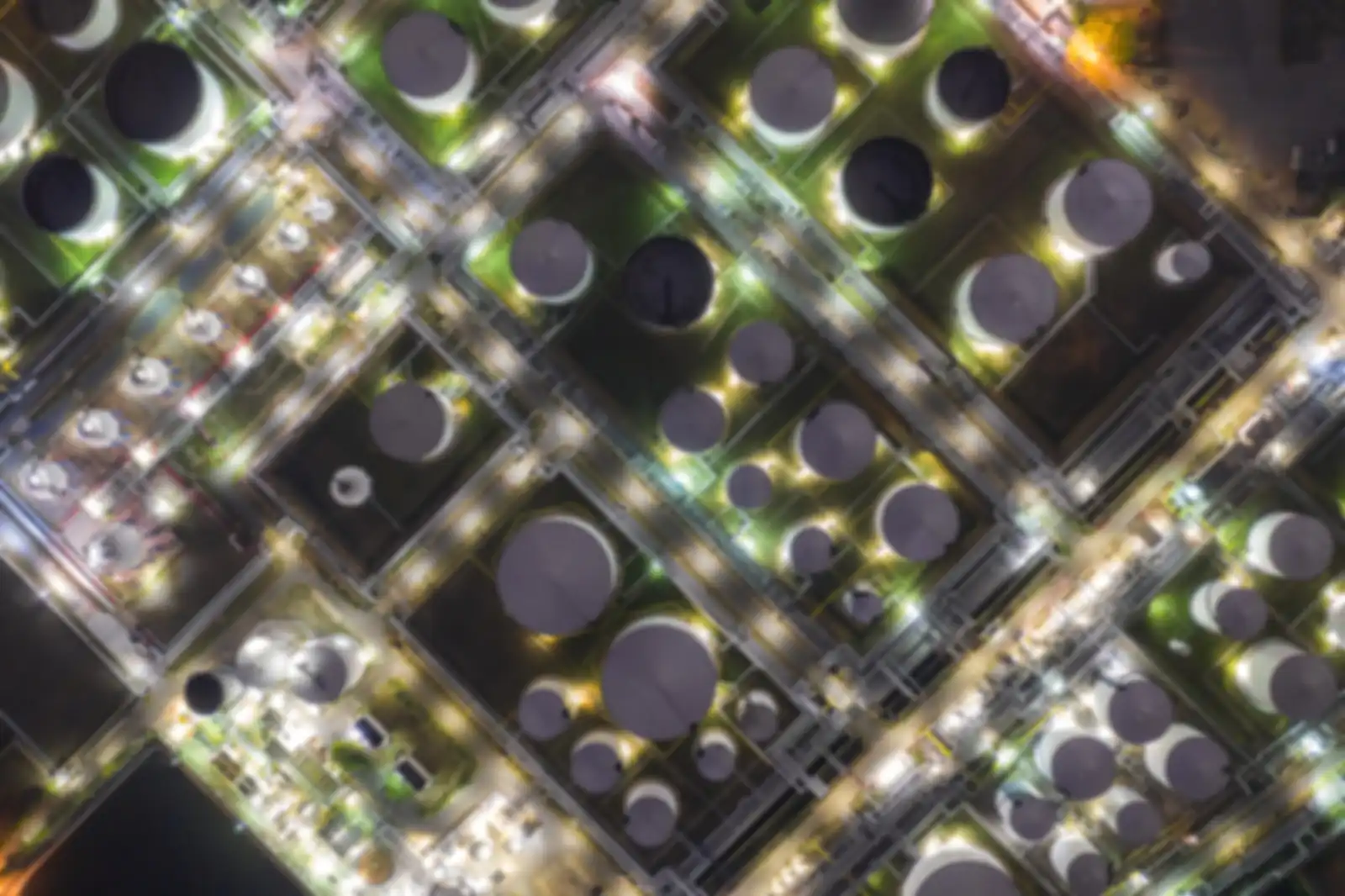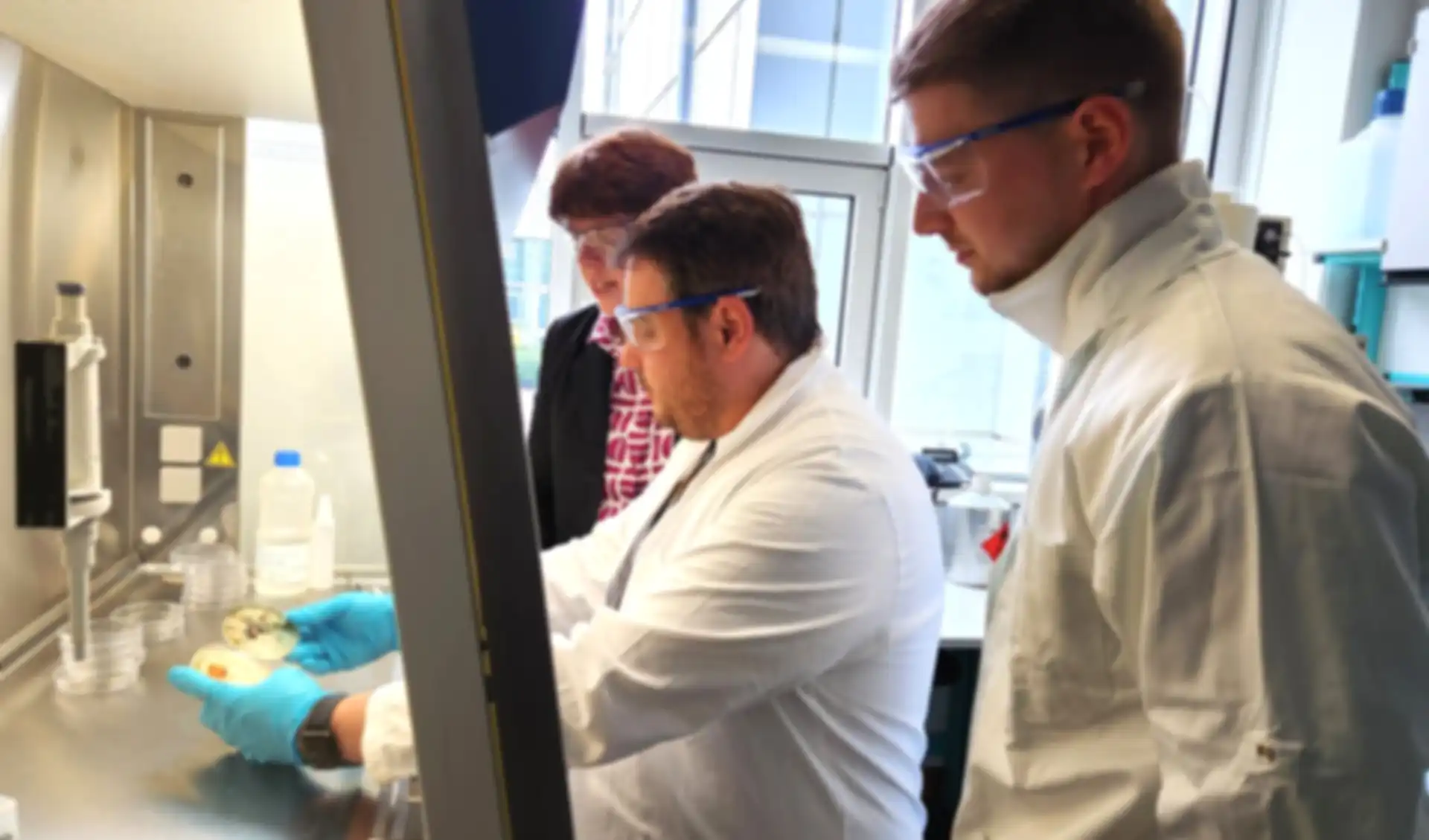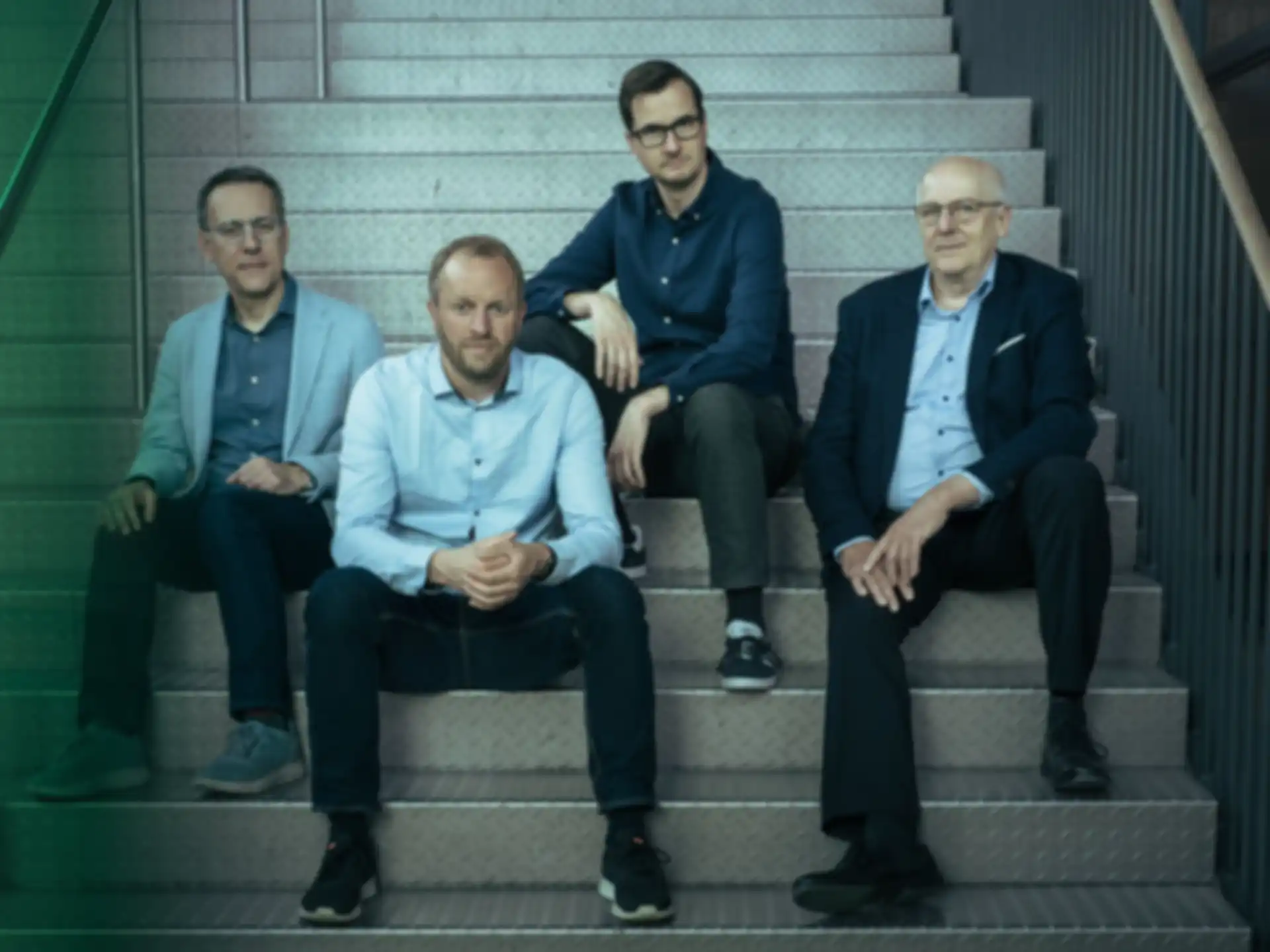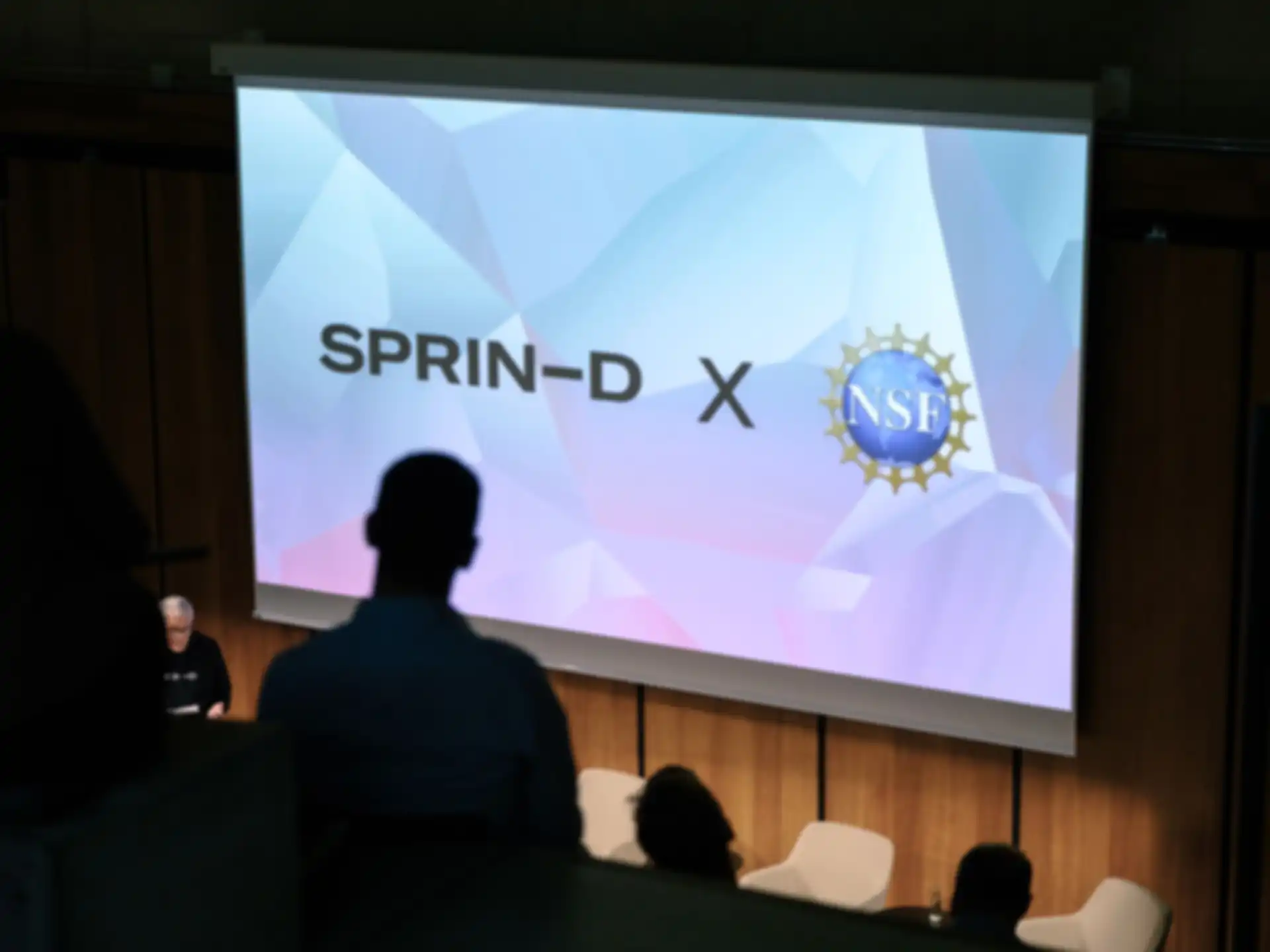7/22/2025
HOW NEW ENERGY STORAGE TECHNOLOGIES CAN UNLOCK LOW-COST AND RESILIENT ENERGY FOR GERMANY
Tech for Net Zero publishes First Principles Playbook commissioned of SPRIND
Germany’s energy transition needs to balance competitiveness, resilience, and decarbonization. The country faces the urgent task of reducing energy prices to avoid economic decline, while ensuring a reliable energy supply and simultaneously lowering greenhouse gas emissions. Affordability protects consumers and industrial competitiveness, while resilience ensures the system can withstand disruptions and external shocks. In parallel, decarbonization is essential to meet climate targets, limit global warming, and fulfill constitutional obligations. Pursuing these goals simultaneously requires clear guiding principles.
The primary yardstick for measuring success is the cost of energy delivered to end users. Energy prices directly influence industrial competitiveness, household budgets, and public acceptance of the energy transition. According to the German Energy Agency (dena), high electricity costs can lead to energy poverty and growing skepticism towards climate policies. A transition that raises costs without clear benefits risks political backlash and delays in implementation. Investments should focus on technologies that reduce costs and reliance on imports while strengthening efficiency and ensuring lasting economic and geopolitical stability.
Several constraints and risks shape investment decisions. Stranded assets – investments that become obsolete before their expected lifetime – pose a significant financial threat to consumers and the economy. For example, gas turbines built today are likely to become redundant as energy storage technologies mature and prices fall. Technology lock-in, where early choices prevent adoption of superior solutions, should be avoided to maintain flexibility. Political and supply chain risks, especially reliance on imported fossil fuels from geopolitically unstable or adversarial regions, further jeopardize energy security.

The First Principles Playbook, by Tech for Net Zero, helps cut through the complexity of the energy system by asking the fundamental question: Which energy sources can deliver low-cost, reliable, and clean power over the long term? Viewed through this lens, renewables combined with long-duration energy storage (LDES) emerge as the most promising path.
The results of the SPRIND Challenge Long-Duration Energy Storage from June 2025 demonstrate that 24/7 clean electricity is technically and economically feasible.
GERMANY’S ENERGY TRANSITION SHOULD PRIORITIZE AFFORDABILITY AND SECURITY FOR ALL USERS. As the country moves to phase out fossil fuels and build a clean energy system, success should be judged by one decisive question: How much does energy actually cost the people and businesses who use it? High electricity prices threaten Germany’s industrial competitiveness and erode public support for climate policy. To keep the transition both fair and future-proof, Germany needs a clear shift in how it invests – guided by five core principles: price, reliability, efficiency, long-term viability, and energy independence.
INVESTMENT SHOULD FOCUS ON TECHNOLOGIES THAT DELIVER LASTING VALUE AND REDUCE GEOPOLITICAL RISK. This means investing only in technologies that deliver low-cost electricity, perform reliably over time, minimize waste from unnecessary energy conversions, and remain economically viable and relevant for decades. Crucially, Germany should also reduce its exposure to geopolitical risks by cutting its dependence on imported fossil fuels and uncertain hydrogen supplies – many of which would come from unstable or adversarial regions.
RENEWABLES COMBINED WITH LONG-DURATION STORAGE OFFER THE BEST PATH TO SECURE, AFFORDABLE POWER. Direct electrification – using renewable sources like wind and solar – already provides the most cost effective available and can be deployed domestically at massive scale. However, these sources are variable, producing power only when the sun shines or the wind blows. Long-duration energy storage (LDES) addresses this challenge by storing excess energy for use when generation dips. McKinsey and the LDES Council estimate that by 2040 LDES will store up to ten per cent of all energy consumed leading to cost savings of up to 540bn USD. This enables reliable, around-the-clock electricity without relying on fossil gas turbines, which introduce both financial volatility and strategic vulnerability due to fuel price fluctuations and supply dependencies.
BUILDING NEW GAS-FIRED POWER PLANTS ENTAILS HIGH COSTS AND STRATEGIC RISKS. Continued investment in a new generation of gas turbines risks locking Germany into expensive, inefficient, and politically vulnerable energy systems. Even if labeled hydrogen-ready,
these turbines are unlikely to operate sustainably in the medium term due to high projected costs and limited hydrogen availability. As a result, they are likely to become stranded assets well before the end of their technical lifespans—leaving consumers to bear the financial burden.
LONG-DURATION ENERGY STORAGE TECHNOLOGIES ARE COST-EFFECTIVE AND CAN BE BUILT USING DOMESTIC RESOURCES. Innovations such as reversible solid oxide cells, iron-air batteries, and redox flow batteries – with ultra-thin or no membranes – offer lifespans of 20 to 40 years and low long-term operating costs. Rapid progress during the recent LDES Challenge by SPRIND showed how quickly these technologies can advance. Within just 18 months, several teams managed to advance the technical readiness level (TRL) while reducing system costs by 20 per cent and more – demonstrating that European innovation can help drive a secure, affordable energy future.
The complete position paper can be read here:
More about this topic




